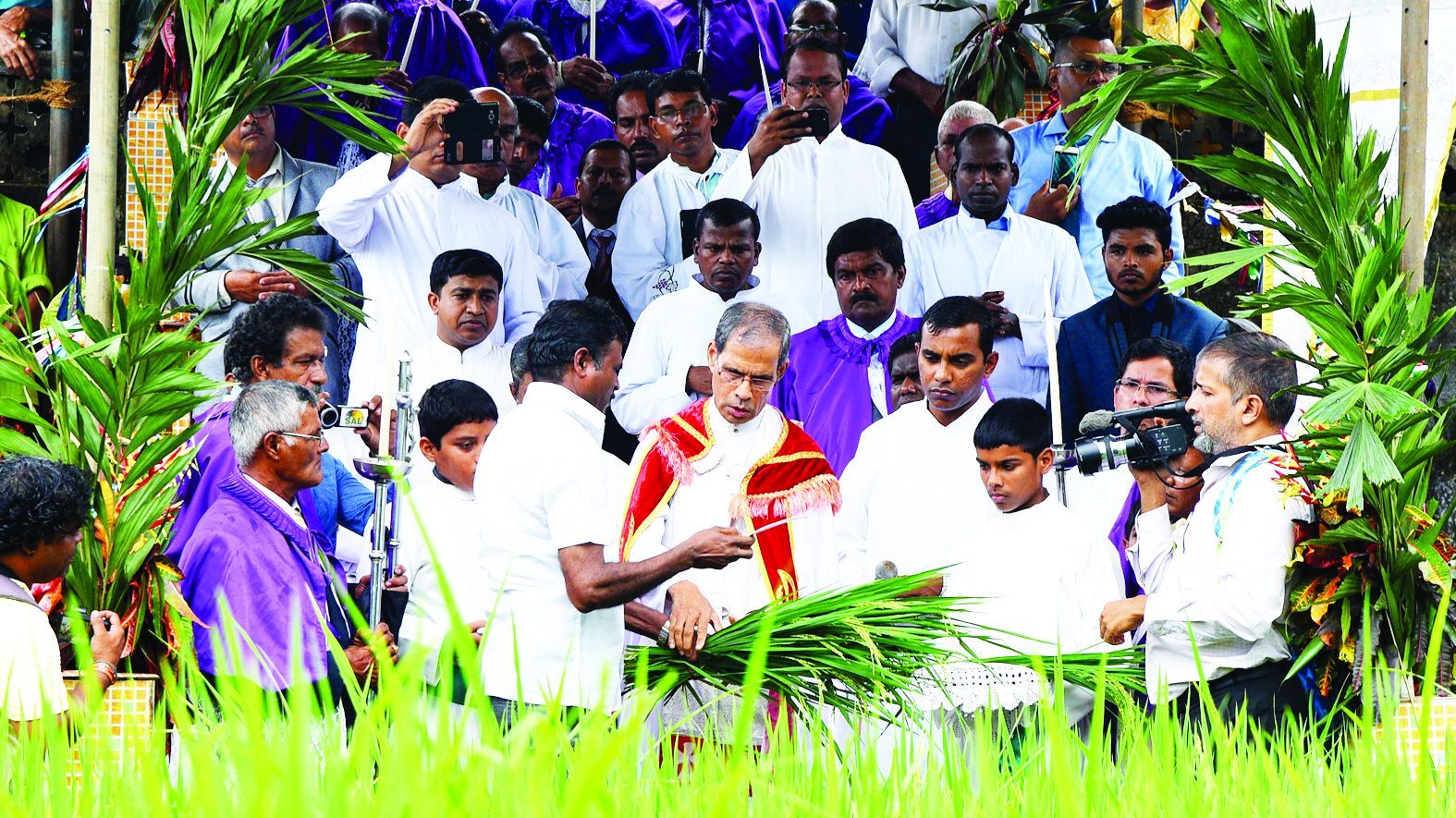The tradition of celebrating the harvest popularly known as ‘Konsachem fest’ goes back almost 500 years. Each year, farmers from various villages of Goa give thanks to God for a good harvest and simultaneously pray for a good harvest the next year.
The first village to celebrate the harvest feast is Raia on August 5, followed by the villages of Aldona and Salvador do Mundo on August 6.
Although the villages in Tiswadi taluka celebrate the ‘Konsachem fest’ on August 24 or on the Sunday after the twenty fourth. Taleigão enjoys the rare honour of harvesting its paddy before its counterparts on August 21.
History behind the honour
In 1510, Afonso de Albuquerque of Portugal had won and lost Goa in quick succession. Adil Shah’s 60,000 troops occupied the land and Albuquerque was forced to retreat to his ships. Since Monsoon had arrived by then, the Portuguese ships were anchored in the River Mandovi near Penha da Franca.
The situation was so desperate that even mice were eaten to stay alive. Taleigão villagers came to their rescue and supplied the Portuguese fleet with food using their canoes. The favour was returned by Albuquerque when he granted the villagers of Taleigão the honour of harvesting their paddy before the other villages in Ilhas taluka (now Tiswadi).
The Navhind Times quotes, the Foral of Afonso Mexia, dated September 16, 1526, Article 54, which says: “The village of Taleigao has prominence over the others to harvest the paddy. The gaonkars will come every year with sheaves of paddy stalks to the city of Goa, where it will be presented at the main altar at the Se Cathedral. From there, the Vicar will come with them to the Fort where the Factor will present a pachari (a white or coloured shawl), on which he is allowed to spend four pardaos (currency of the time). To the gaonkar who has been selected amongst them for this honour. Thereafter, the harvesting in other villages can be effected.”
‘Konsachem fest’: the festivities lasts for four days
On day one, villagers are awoken at dawn by a brass band ‘Alvorada de Musica’, that makes its way though the main streets of the village. The president of the feast and his family are brought to St Michael Church under a colourful ceremonial umbrella. The villagers gather here before his arrival.
The group then move to the field. A priest first says a short prayer and then the first sheaves are cut by the President using a silver sickle. These sheaves are then distributed among the villagers.
On day two, the President distributes pounded rice ‘fov’ among the gaonkar families while being accompanied by drummers and trumpeters. On day three, the president in the evening offers the parish priest a tray of ‘fov’.
On day four, a committee of gaonkars carry ‘fov’ and sheaves of paddy stalk to the Se Cathedral for it to be blessed. A high mass is celebrated here. The representatives then proceed to Altinho and offer the blessed sheaves and ‘fov’ to the archbishop and then to the governor of Goa. It is a gesture of love and goodwill by the villagers.
Image credit: The Navhind Times


